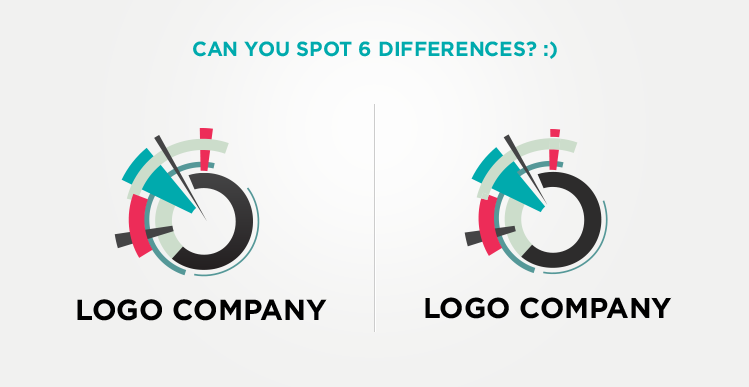
Responsibility to the Client: An Active Approach
The majority of explorations of developer responsibilities involve the relationship between the developer and the client. Perhaps this is because it is the most visible relationship and also the relationship where money is regularly being exchanged, so there needs to be a constant examination and clarification of responsibilities to make the client-developer relationship sustainable.
In general, client/developer ethics involve the following areas:
- Accuracy: Accurate quotes in regards to both time and cost.
- Transparency: Letting your client know what changes you are making and what benefits they can expect from them. Allowing the client to determine the value of your services based on a realistic understanding of what you do.
- Communication: Ongoing availability to resolve issues.
- Education: Making sure your clients are informed about potential issues with their website as well as future updates and alternative solutions to their problems.
- Privacy: Not sharing client details.
These five areas combine to build trust between development teams and their clients. They are also how a client determines the value of your services. Many clients, having had poor experiences in one or more of these areas in the past, are hesitant to hire new development teams at decent rates. Without these five pillars of responsibility, it is impossible to gain a client’s trust and provide a valuable product.
These five areas of responsibility require more than just a passive commitment to a general code of ethics. They require active self-assessment and careful planning.
Accuracy
On a very basic level, the ethics of an accurate estimate of cost and time require that you do not knowingly provide an inaccurate quote to mislead your clients. Some development teams over-quote a project to receive a larger budget and others under-quote to earn a project that ends up costing the client much more than they anticipated. It is easy to say that both of these actions are unethical and harm you, your client, and the greater web development community.
Of course you would not intentionally provide an unsupported quote.
Why, then, are there still many erroneous quotes coming from ethical, trustworthy development teams? Because they are not actively developing techniques to improve their accuracy. If you are not tracking your estimates against your final project prices and continuously improving the accuracy of your estimates, then you are risking losing the trust you have developed with clients.
Transparency
Passive transparency with your clients involves providing access to information if your client asks for it. This type of transparency is fine for clients who desire a high level of involvement in your project and do not hesitate to ask questions about your process and the final results. It is also okay for clients who want the entire project completed with little or no involvement from them.
Where you need to practice active transparency is with clients who may not know exactly what questions they should ask to get important information from you. Integrating active transparency into your overall development approach can make sure that these clients have the same control as more outspoken clients. Some things you might consider are open task lists that your client can see and edit, creating a timeline for all projects, and creating a communication schedule with each client.
Communication
Passive communication requires the development team to be available both during and after the project. Most developers will agree that leaving a client with no communication after the completion of a project or when you fall behind on a project is unacceptable.
Active communication goes a step beyond passive communication and requires that you regularly reach out to your clients. Creating a communication schedule to give your client regular updates helps. Also, letting a client know as soon as a complication arises as opposed to waiting until you are over-budget or off schedule to communicate is also necessary.
Education
Clients trust their developers to know current best practices in web development as well as trends and issues that they can create. This information is used to create sustainable web solutions. However, they are only sustainable if you actively educate your clients about the choices you make as a developer.
Active education requires you to understand your client’s background in development, whether they are an experienced developer or creating their first website with no interest or knowledge of web development. Then, you must be prepared to fill in their gaps in knowledge to make your product sustainable. This may mean pointing them towards a supported hosting company or online resources. It could also mean one-on-one tutoring to make sure they understand their role in their website.
You also must not be afraid to offer alternative suggestions to your clients when there is a solution that may work better than the one they are currently using.
Privacy
Fortunately, privacy does not involve too much work to ensure. However, it is important that you regularly update yourself on current privacy standards and best practices to ensure your client’s information stays secure.
When assessing your current responsibility to your clients, it is important that you determine whether you are being actively responsible or passively responsible. Moving towards an active responsibility not only makes you a more ethical development team, but it also makes you a more attractive one to work with.
Related


